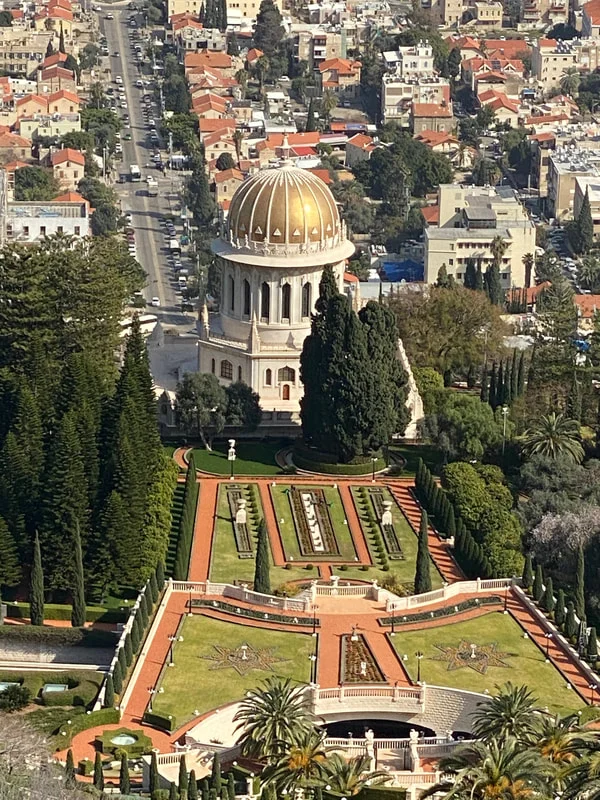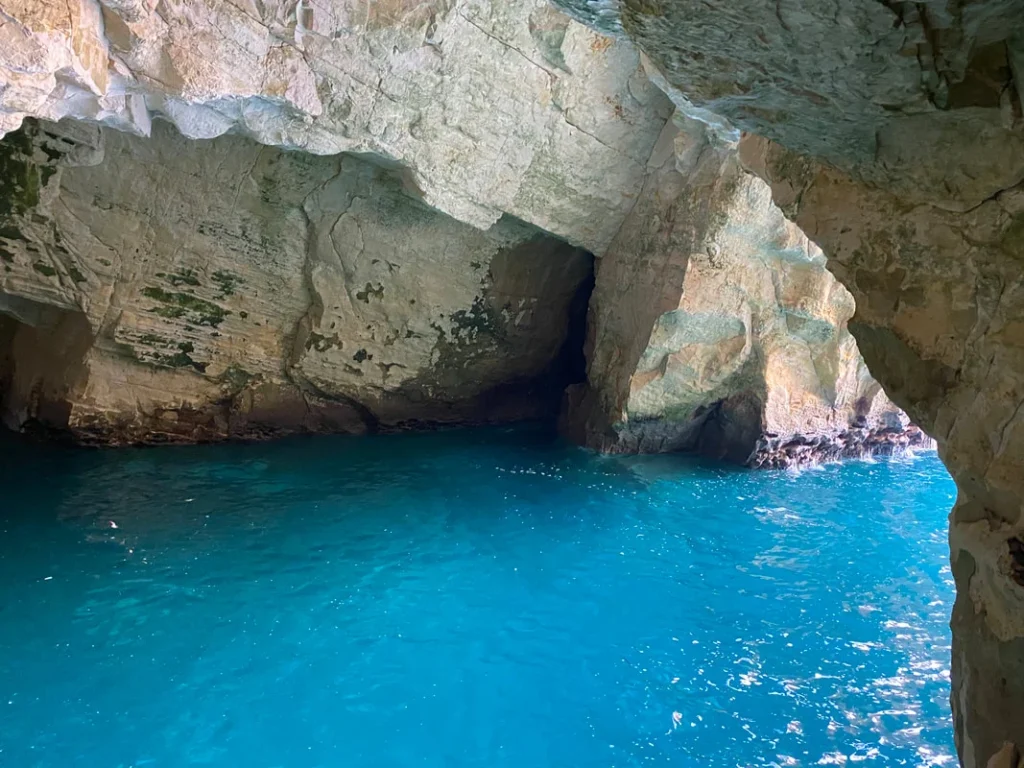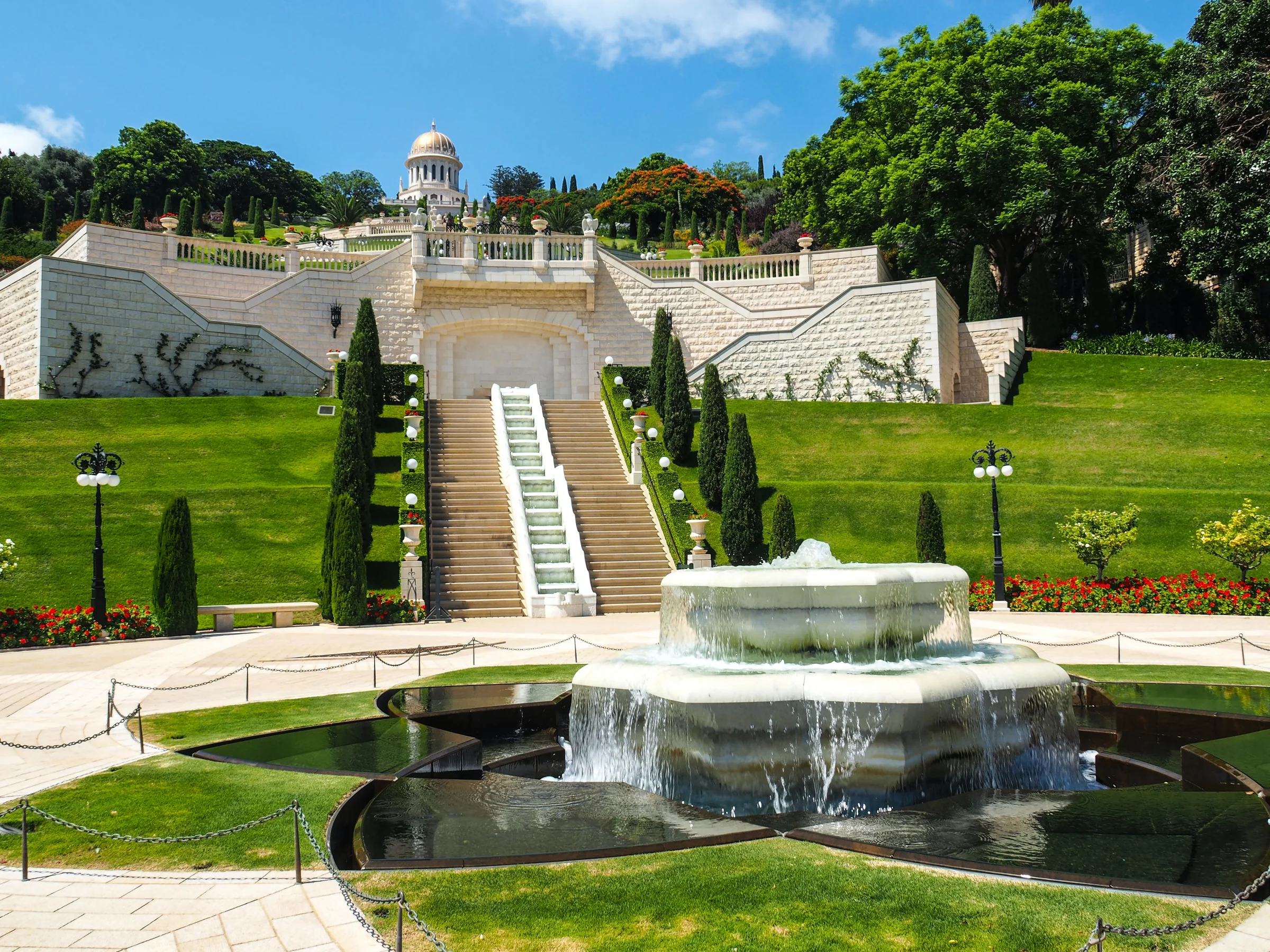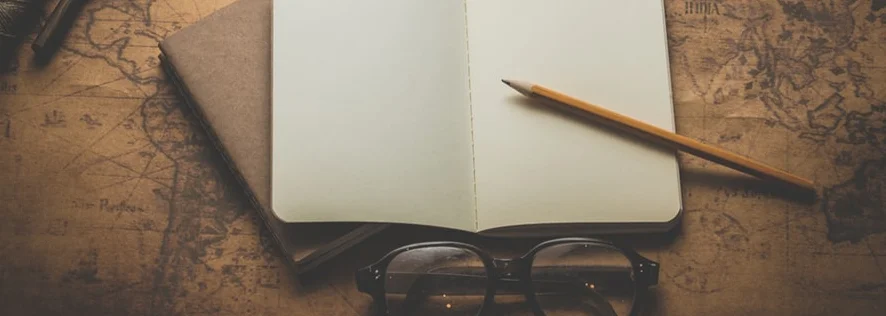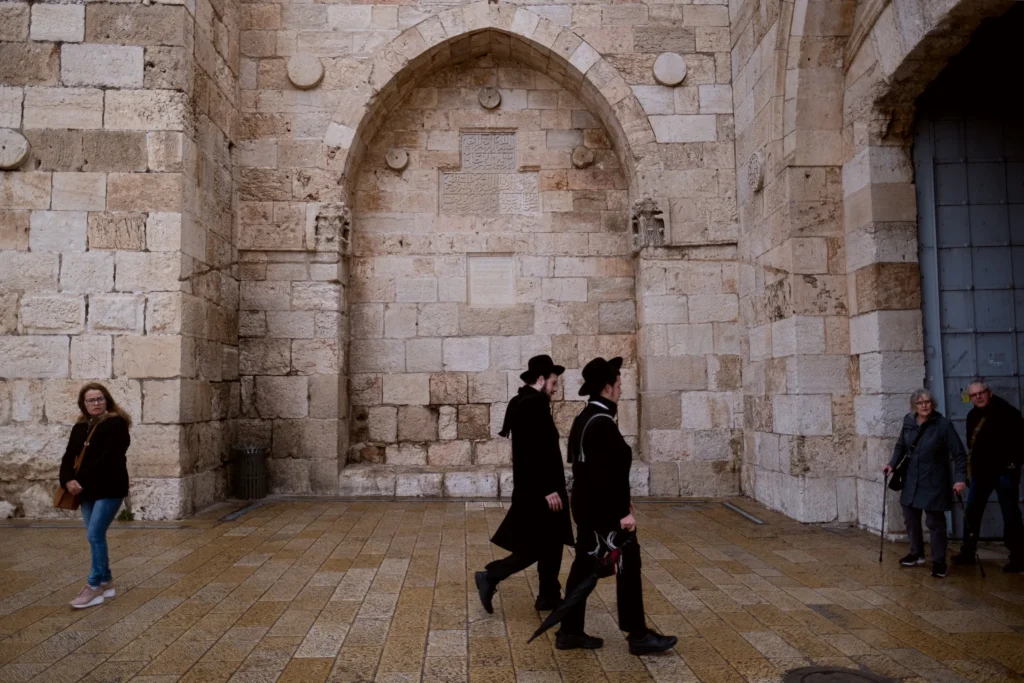We were up at 5:30 am today for a tour. The company called Bein Harim picked us up at our hotel at 7:15am in a minibus, delivering us to a central location where we got in another mini bus with our guide Jacob, a senior citizen with tremendous zest for life and lots of good information. There were only 14 of us on the tour – six from the US, and the others were from Belgium, Amsterdam, France, Philippines and Germany. The tour was conducted in English and German and the guide did a good job with both languages.
We drove out of Tel Aviv and our first stop was Cesarea. Amazing Roman ruins, including a completely-intact theater and the remains of another of Herod’s castles and pool. About 2000 years ago Cesarea was an important port city and has had some earthquakes and tsunamis that have pushed some remains into the sea. Next we went to Haifa where we stopped to see the lovely Bahai gardens (only able to access about two levels, the rest is private). Too bad my mom isn’t here – as a card-carrying Bahai she would have been delighted to enter the temple and enjoy the stunning architecture and full gardens. We were also able to see the gardens from down below and both ways, they were beautiful.
Next we drove along the coast to Rosh Hanikra which is where the limestone caves and grottoes were. Originally, the British had plans to tunnel through the caves to connect rail service (on the Orient Express) to the rest of Turkey and the Mediterranean. However, they only got as far as dynamiting the tunnels, the rail tracks were never finished. Right after WW2, the Israelis realized that having access from Lebanon through the tunnels was dangerous, so they blew up one of the bridges so no one could get to Israel. The tunnels remain otherwise intact and we were able to walk through and admire the stunning grottoes. Our guide, Jacob, said he used to come to the grottoes as a young boy and swim, as the cable car from the top wasn’t built until 1971 which is how we were able to access the caves today.
After Rosh Hanikra, we drove along the coast for a while and finally ended up at Akko (Acre) our last stop of the day. We wandered around the old city, stopping at two artisan-owned shops to look at jewelry and hand-hammered copper and silver platters. They were quite beautiful but we decided not to buy as we couldn’t figure out what we would do with them. I did buy some jewelry, though, made from Roman glass, which is a big deal here. The type I bought is greenish and very pretty.
Acre was a major port and one of the longest continuously-used ports in the world. We visited the Arab market and saw some amazing -looking confections made out of nuts and fruits which some people sampled and said were fine but nothing special. Jacob said they all used to be made with real honey and are now prepared with sugar. We toured the Crusader’s castle which was absolutely astounding and required very little restoration. It had been turned into a prison after WW2 and several Israelis were hung there. Lunch was at a place our tour guide organized, run by a Muslim family he knows. We sat at big tables and were served freshly-made lemonade, falafel, shawarma, warm pita bread, a variety of salads with cabbage and cucumbers/tomatoes, pickles and french fries. Dessert was sweet dates and an espresso-sized cup of coffee scented with cardamom. Sated, we hopped on the bus and headed home for the almost two hour drive back to TelAviv. Dinner was at a restaurant near us called Souk and it was fish prepared in some type of crust and shrimp with cheese. I was still full from lunch so didn’t partake, but everyone said it was fresh and tasty.

